What is ... Biophilic Design?
A connection to nature is essential for our well-being: So goes a philosophy that's got architects and designers talking
Zuriñe Iturbe
30 October 2019
The term “biophilia” – meaning “love of life,” from the Greek roots bio, “life,” and philia, “love” – was coined in the ’80s by the American biologist E. O. Wilson, who postulated that contact with nature is essential for human well-being. Now evolved into an architectural trend, biophilic design is committed to re-establishing links with nature in order to create healthy environments for life and work.
Why is this philosophy gaining popularity again? “In such an urbanised world, there are more and more advocates for the creation of positive spaces, that is, environments that integrate human beings and nature, in which it is possible to work, live, enjoy life and interact,” says Odile Béranger, concept designer for Interface Spain and Portugal, a modular flooring manufacturer that is committed to sustainability and biophilic design.
One example is the Bosco Verticale (Vertical Forest) skyscraper in Milan, pictured here. This innovative residential project was designed by the architectural firm Stefano Boeri Architetti. Officially completed in 2014, it includes vegetation as an integral part of the structure.
One example is the Bosco Verticale (Vertical Forest) skyscraper in Milan, pictured here. This innovative residential project was designed by the architectural firm Stefano Boeri Architetti. Officially completed in 2014, it includes vegetation as an integral part of the structure.
What are the pillars of biophilic design?
According to the 14 Patterns of Biophilic Design study, carried out by environmental consultancy Terrapin Bright Green, the pillars of biophilic design can be defined as Nature in the Space (through views, air currents, and the presence of water and light, among other factors), Natural Analogues (materials, forms, complexity and order) and the Nature of the Space (feelings of risk, sense of refuge, and panorama).
Find a design professional in Singapore
According to the 14 Patterns of Biophilic Design study, carried out by environmental consultancy Terrapin Bright Green, the pillars of biophilic design can be defined as Nature in the Space (through views, air currents, and the presence of water and light, among other factors), Natural Analogues (materials, forms, complexity and order) and the Nature of the Space (feelings of risk, sense of refuge, and panorama).
Find a design professional in Singapore
What are the advantages of biophilic design?
“The international Human Spaces Report on biophilia and workspaces – carried out in 2015 by Professor Sir Cary Cooper and Interface based on a sample of 7,600 office workers from 16 different countries – showed that a biophilic design increases the well-being of workers as well as their levels of productivity and creativity,” Béranger says.
Last year, Oliver Heath, one of the world’s leading experts in biophilic design and an advisor to Interface, told Spanish newspaper El País that “in essence, biophilic design helps reduce stress and recharge energy. In the end, it is a matter of quality of life. It’s obvious that it can’t be good to work in a small space that’s poorly lit and disconnected from the outside,” he said.
But why does a well-designed space that brings us in contact with nature make us feel better? According to architect Claudia Bonollo of Monamour Natural Design, “Our mood and our capacity for communication are influenced by a combination of physical, mental and sensory factors. Therefore, an environment that involves all the senses makes us happier and more receptive,” she says.
“The international Human Spaces Report on biophilia and workspaces – carried out in 2015 by Professor Sir Cary Cooper and Interface based on a sample of 7,600 office workers from 16 different countries – showed that a biophilic design increases the well-being of workers as well as their levels of productivity and creativity,” Béranger says.
Last year, Oliver Heath, one of the world’s leading experts in biophilic design and an advisor to Interface, told Spanish newspaper El País that “in essence, biophilic design helps reduce stress and recharge energy. In the end, it is a matter of quality of life. It’s obvious that it can’t be good to work in a small space that’s poorly lit and disconnected from the outside,” he said.
But why does a well-designed space that brings us in contact with nature make us feel better? According to architect Claudia Bonollo of Monamour Natural Design, “Our mood and our capacity for communication are influenced by a combination of physical, mental and sensory factors. Therefore, an environment that involves all the senses makes us happier and more receptive,” she says.
What are the applications of biophilic design?
Wellness: The Next Big Thing in Interior Design
- Workspaces. This has been the most common application to date. The goal is to improve the productivity and welfare of employees. Companies like Amazon have already put it into practice: Its headquarters in Seattle consists of three transparent spheres with more than 40,000 plants and trees from around the world. In Spain, the offices of companies such as BBVA, Telefónica and Sanitas have likewise incorporated biophilic design elements.
- Homes. The idea is to make homes healthier for the benefit of our daily lives.
Wellness: The Next Big Thing in Interior Design
How can your home meet biophilic requirements?
- Choose natural and local materials, typical to the surroundings – such as wood, wool, leather or stone – to feel more connected to and in harmony with the natural environment.
- Incorporate windows that look out onto natural features. “Windows are the main interface between the home and nature,” Béranger says.
- Use colours inspired by nature. For example, adopt the colour palette of a sunset, with its shades of orange, or the green and brown hues of a forest in autumn.
- Introduce furniture and items with more natural shapes and patterns, as opposed to the straight angles and lines that characterise most homes and are aimed at optimising space. For example, have an oval coffee table, a curved armchair or an organically shaped bathtub.
- Create outdoor spaces that dissolve the boundaries between inside and outside. For example, having a small patio or terrace with native plants that grow (and die or go dormant) according to the season improves our biological connection to seasonal changes. In addition, put some plants inside: “They improve acoustic comfort by boosting the room’s noise absorption,” Bonollo says.
Neuroarchitecture: The New Movement at the Forefront of Design
Floor from the Human Connections collection by Interface
It’s also possible to incorporate indirect references to nature, such as textile floors evoking the feeling of ocean waves or soil covered with leaves.
- Incorporate references to nature. “You can introduce water sounds or music, natural scents – such as flowers or wet earth – and stimulating elements with movement, like a waterfall,” Béranger says.
It’s also possible to incorporate indirect references to nature, such as textile floors evoking the feeling of ocean waves or soil covered with leaves.
- Lighting that imitates nature. If you have no natural light, you can make intelligent use of artificial light to create illuminated, diffused or darkened environments, mimicking what is seen in nature.
- … and, of course, let air flow. You can do something as simple as opening a window and letting in some fresh air or opening the curtains to let in natural light.
Tell us
What does your home need to help improve your well-being? Tell us your experiences in the Comments, share this story and join the conversation.
Related Stories
Lifestyle
Cleaning Routines to Keep Your Home Virus-Free
Follow this CDC advice to make sure your kitchen, bathroom and other high-traffic areas are clean and disinfected
Full Story
Safety & Maintenance
Why Check Your Home's Humidity
Indoor air moisture can affect your health – and your furnishings. Here's why and how to find the balance for your home
Full Story
Lifestyle
4 Small Ways to Look After Your Health at Home
By Patricia Lee
Arrange your environment to encourage good habits, such as getting enough sleep, exercising and eating right
Full Story
Lifestyle
7 Creative Ways to Connect Your Home With Nature
Benefit from the calming, restorative properties of the outdoors by bringing natural elements into your home
Full Story
Lifestyle
10 Sleep-Easy Strategies for the New Year
By Bryna Howes
If you resolved to get more sleep, you're in luck. These ideas will help give you the extra snooze you once only dreamed of
Full Story
Lifestyle
New Year, New You: Exercising at Home Made Easy
By Kate Shaw
Exercising at home is a hot trend, and you don't need a lot of equipment to be successful
Full Story
Lifestyle
Home, Sweet Home: Set up Your Home for Diabetes Management
By Anita Yee
Make some simple changes around your home to make living with diabetes easier
Full Story
Lifestyle
Elderly-Friendly Spaces for Loved Ones who Live on Their Own
By Anita Yee
Here's how you can help your ageing loved ones future-proof their home without breaking a sweat
Full Story
Lifestyle
How to Plan For an Elder-Friendly Home
By Anita Yee
Future-proof your home for your ageing family members... without breaking the bank
Full Story




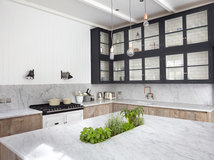
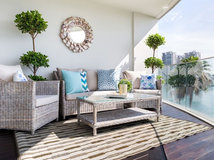
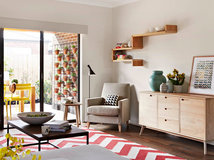
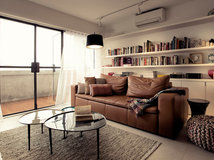
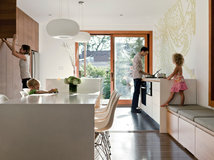
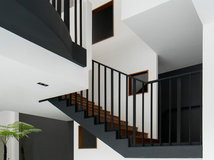


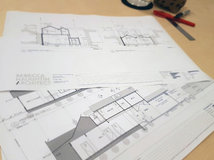
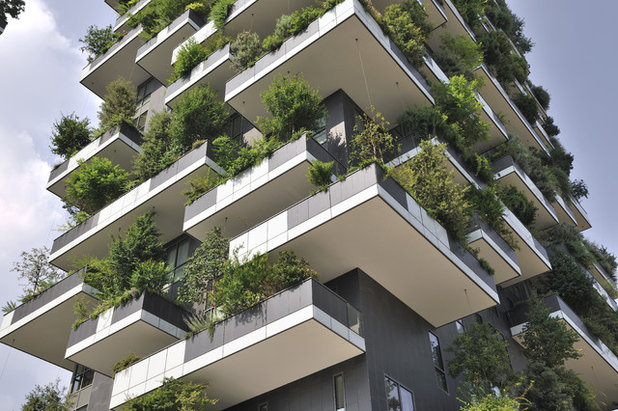
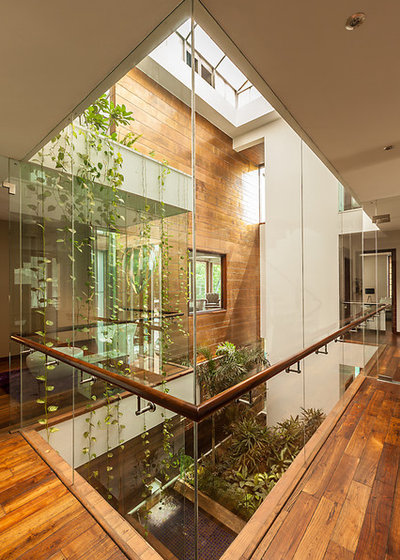
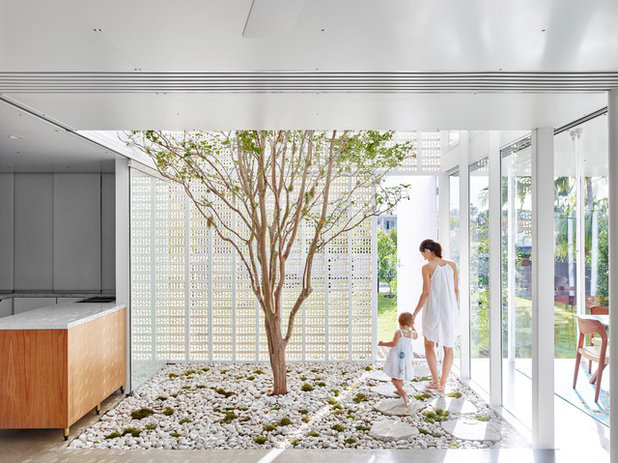
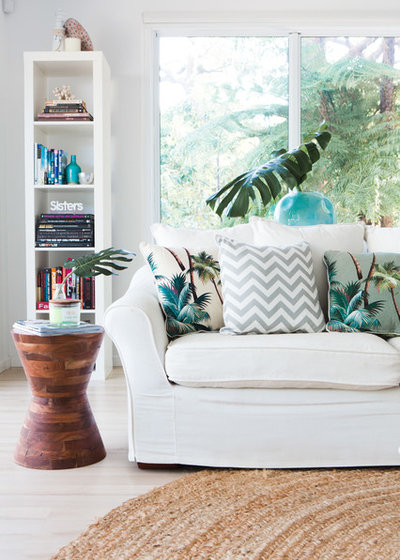
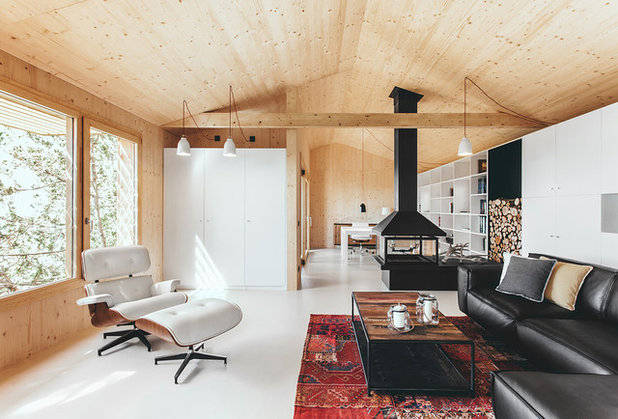
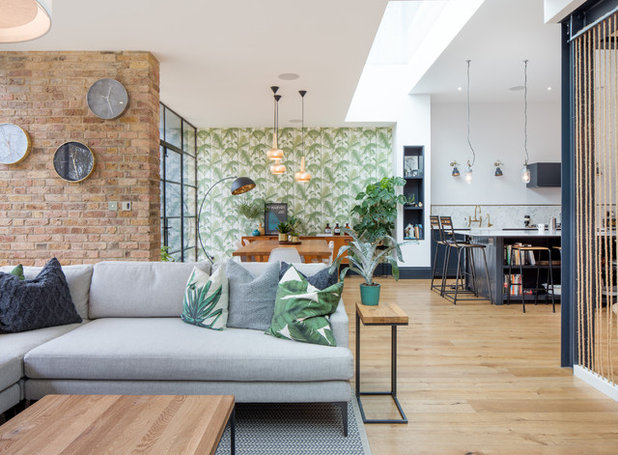

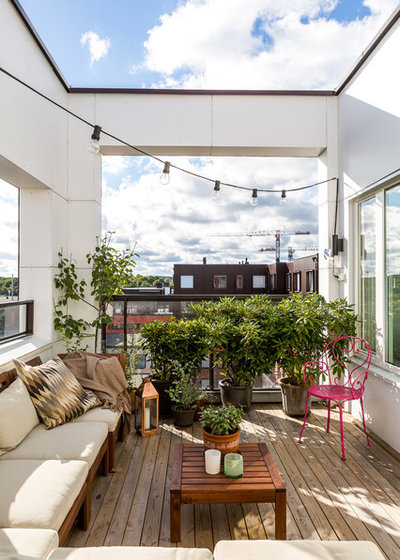
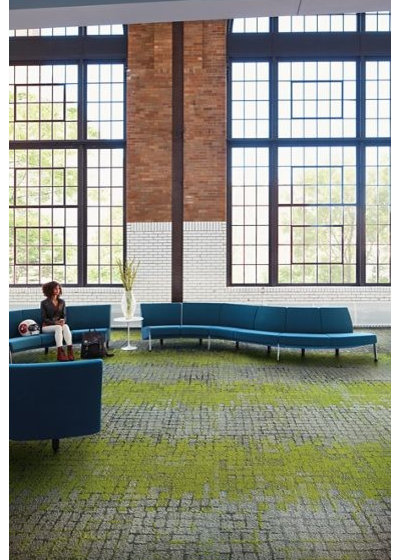
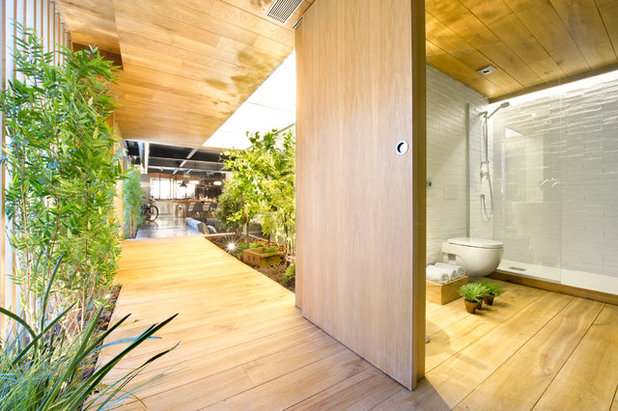
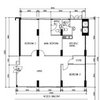

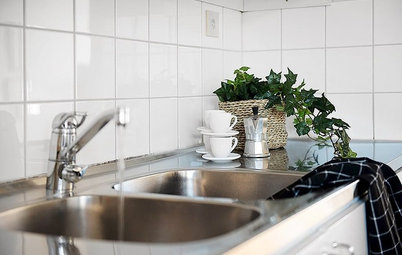
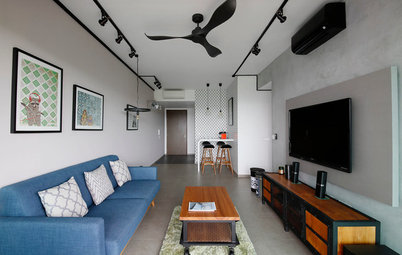
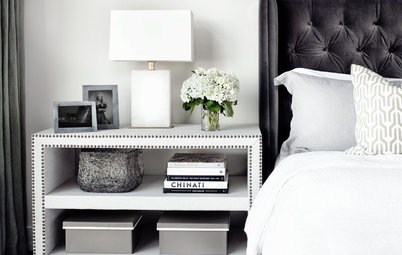
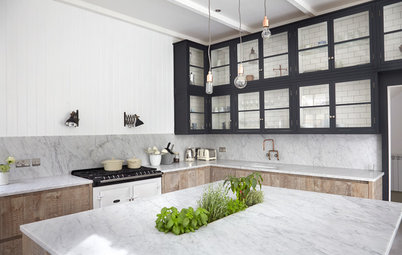
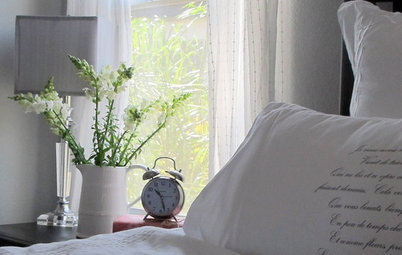
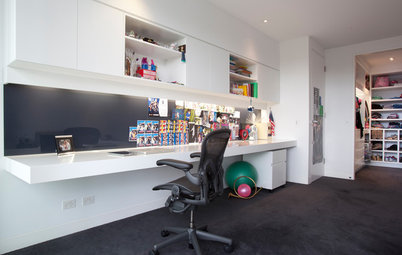
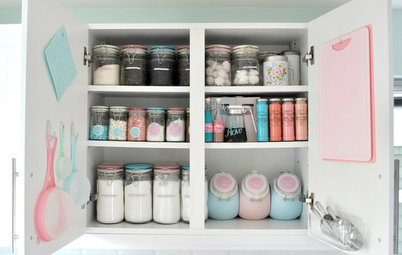
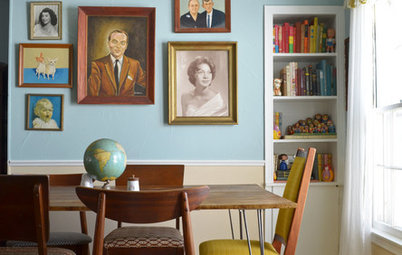
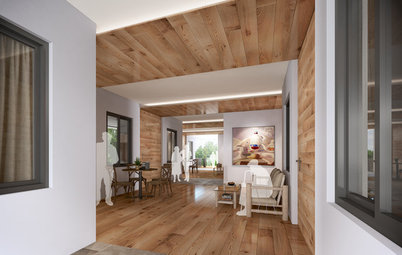
We realised this several years ago following wonderful holidays in woods. We picked wall paper printed with forest views to place in our living room and minimalised the furniture to create the look. Still love it 2 years on.
Thanks for this beautiful article !
Nature is our best teacher. Everything is perfection in mother nature. Define our projects arround it ...
... or use it's forms and best materials ...
... are powerfull success keys to enhancee daily life with usefull beauty.
Let's creat together projects that will mark durably your customers !
Best regards
Guillaume
JOA France
https://joa.be
I am delighted to see focus on creating spaces for well being instead of re-sale profit. After all...aren't we worth it?